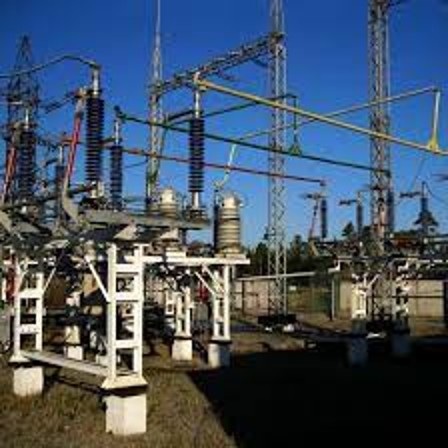Tech
Types of Electrical Substations: All You Need to Know

Electrical substations play a crucial role in the power transmission and distribution system, facilitating the transformation, protection, and control of electricity. These substations vary in size, configuration, and functionality to meet the specific requirements of different power systems. In this blog post, we will explore the various types of electrical substations, highlighting their characteristics and the importance of advanced design tools like the Substation Design Suite and Physical for AutoCAD in creating efficient substation designs.
Distribution Substations:
- Distribution substations are typically located near populated areas to supply electricity to residential, commercial, and industrial consumers. They receive high voltage power from the transmission system and transform it to lower voltages suitable for local distribution. Distribution substations often include transformers, switchgear, circuit breakers, protective relays, and control equipment. The Substation Design Suite and Physical for AutoCAD enable precise design and integration of these components, ensuring optimal performance and safety.
Transmission Substations:
- Transmission substations are key nodes in the power grid, where electricity is received from generating stations and distributed over long distances at high voltages. These substations typically operate at voltages ranging from 69 kV to 765 kV. Transmission substations include large power transformers, circuit breakers, switches, and complex protection and control systems. The Substation Design Suite and Physical for AutoCAD assist in designing the intricate layouts, cable routing, and control interfaces required for reliable transmission substations.
Collector Substations:
- Collector substations are used in renewable energy generation systems such as wind farms or solar power plants. They collect the electricity generated by multiple individual generators, transform it to a higher voltage, and feed it into the transmission or distribution grid. Collector substations often incorporate power electronics, inverters, and special protection devices tailored for renewable energy sources. Designing collector substations using advanced tools like the Substation Design Suite and Physical for AutoCAD allows for precise integration of these components and efficient power transfer.
Switching Substations:
- Switching substations, also known as switching stations, primarily serve the purpose of connecting and isolating various sections of the power grid. These substations enable the rerouting of electricity during maintenance, repairs, or in case of faults. Switching substations include circuit breakers, switches, busbars, and protective devices. The Substation Design Suite and Physical for AutoCAD assist in designing the layout, switchgear arrangement, and control systems necessary for seamless switching operations.
Converter Substations:
- Converter substations are essential in high-voltage direct current (HVDC) transmission systems, where power is converted from alternating current (AC) to direct current (DC) or vice versa. These substations incorporate specialized equipment such as converters, transformers, filters, and control systems. Designing converter substations using tools like the Substation Design Suite and Physical for AutoCAD enables accurate placement of the converter equipment, precise cable routing, and coordination with the AC and DC systems for efficient power conversion.
The Role of Substation Design Suite and Physical for AutoCAD:
The Substation Design Suite and Physical for AutoCAD offer comprehensive design capabilities, empowering engineers to create efficient and reliable electrical substations. These advanced design tools provide features for precise layout planning, accurate equipment placement, cable routing, and comprehensive documentation. With the Substation Design Suite and Physical for AutoCAD, engineers can optimize substation designs, ensure compliance with industry standards, and enhance the overall performance and safety of electrical substations.
Electrical substations come in various types, each serving a specific function in the power transmission and distribution system. Understanding the characteristics and design requirements of different substations is crucial for creating efficient and reliable power infrastructure. By utilizing advanced design tools like the Substation Design Suite and Physical for AutoCAD, engineers can design substations with precision, incorporating optimal equipment placement, efficient cable routing, and comprehensive documentation. These tools play a vital role in creating safe and robust electrical substations, ensuring the uninterrupted supply of electricity to consumers.
Umar Nisar was born and raised in the busy city of Abbottabad. As a journalist, Umar Nisar has contributed to many online publications including PAK Today and the Huffing Post. In regards to academics, Umar Nisar earned a degree in business from the Abbottabad UST, Havelian. Umar Nisar follows the money and covers all aspects of emerging tech here at The Hear Up.
Thanks










